Wildest Dreams (Piano Instrumental)
Wildest Dreams (Piano Instrumental)
Credit to Molotov Cocktail
More Posts from Smartler and Others
What Are the Bright Spots on Ceres?

Dwarf planet Ceres has more than 130 bright areas, and most of them are associated with impact craters. Now, Ceres has revealed some of its well-kept secrets in two new studies in the journal Nature, thanks to data from our Dawn spacecraft.
Two studies have been looking into the mystery behind these bright areas. One study identifies this bright material as a kind of salt, while the other study suggests the detection of ammonia-rich clays.
Study authors write that the bright material is consistent with a type of magnesium sulfate called hexahydrite. A different type of magnesium sulfate is familiar on Earth as Epsom salt.

Researchers, using images from Dawn’s framing camera, suggest that these salt-rich areas were left behind when water-ice sublimated in the past. Impacts from asteroids would have unearthed the mixture of ice and salt.
An image of Occator Crater (below) shows the brightest material on Ceres. Occator itself is 60 miles in diameter, and its central pit, covered by this bright material, measures about 6 miles wide. With its sharp rim and walls, it appears to be among the youngest features on the dwarf planet.

In the second nature study, members of the Dawn science team examined the composition of Ceres and found evidence for ammonia-rich clays. Why is this important?
Well, ammonia ice by itself would evaporate on Ceres today, because it is too warm. However, ammonia molecules could be stable if present in combination with other minerals. This raises the possibility that Ceres did not originate in the main asteroid belt between Mars and Jupiter, where it currently resides. But instead, might have formed in the outer solar system! Another idea is that Ceres formed close to its present position, incorporating materials that drifted in from the outer solar system, near the orbit of Neptune, where nitrogen ices are thermally stable.

As of this week, our Dawn spacecraft has reached its final orbital altitude at Ceres (about 240 miles from the surface). In mid-December, it will begin taking observations from this orbit, so be sure to check back for details!
ake sure to follow us on Tumblr for your regular dose of space: http://nasa.tumblr.com
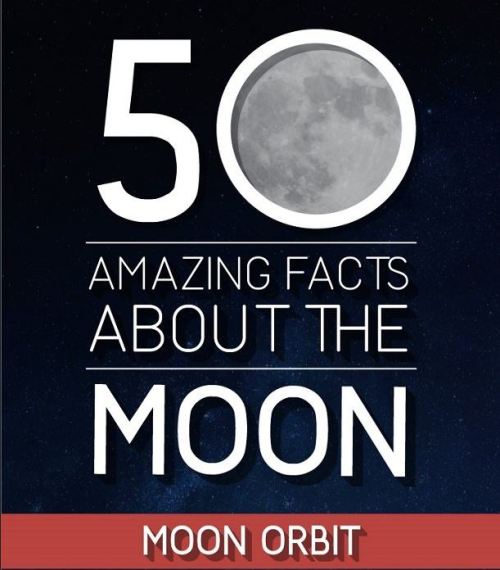
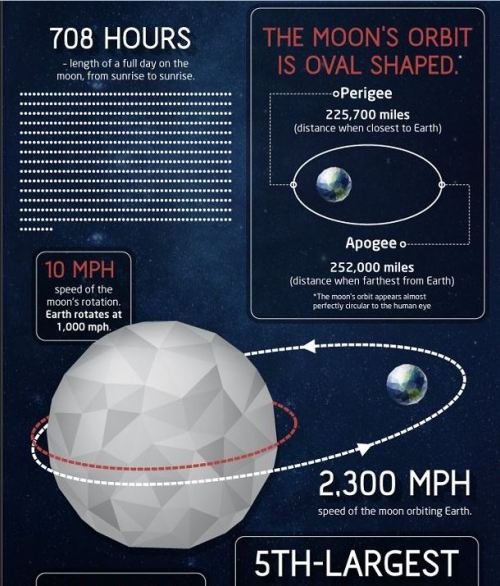
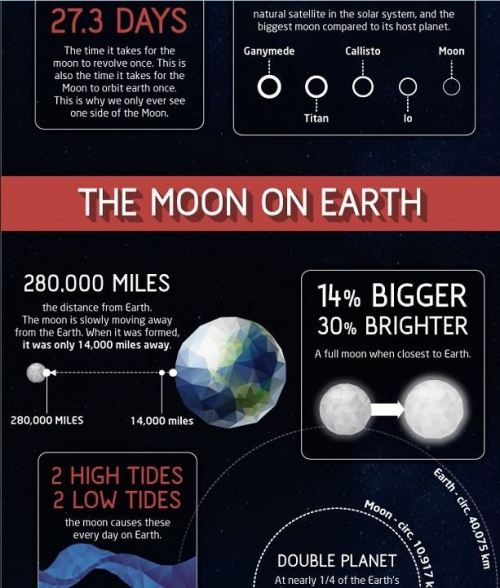
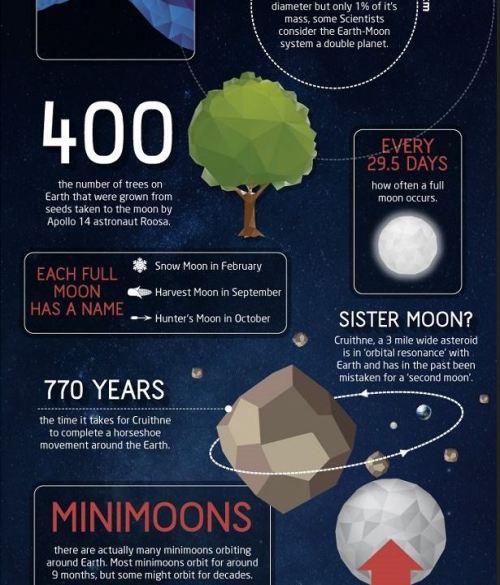
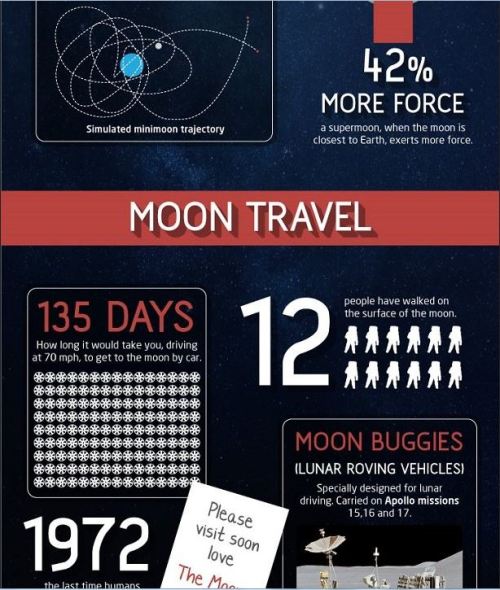
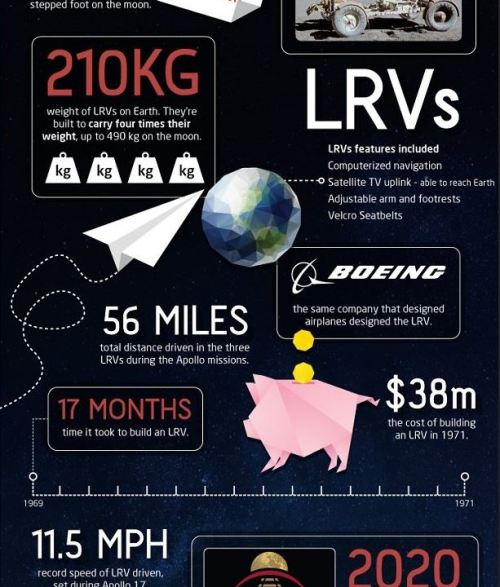
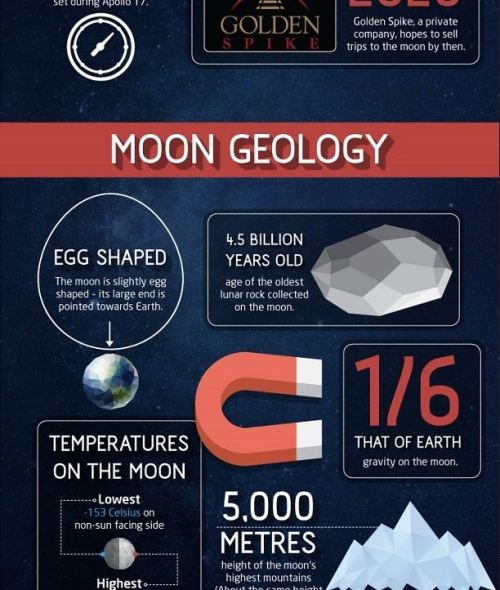
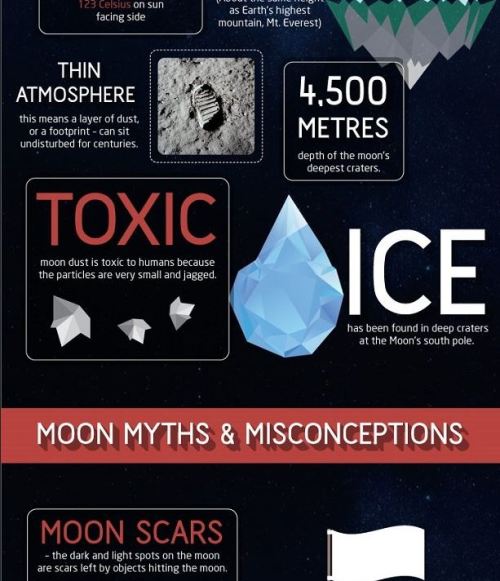
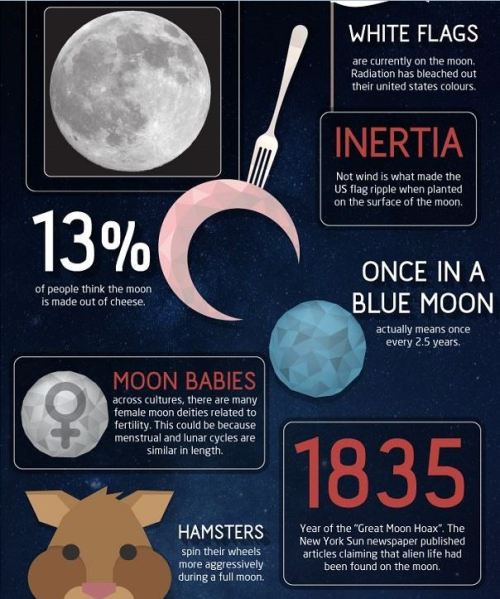
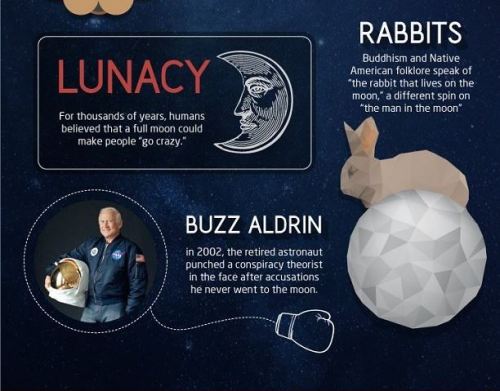
50 Amazing Fact About the Moon
(Source)






Micro fungi of Australia | images by Stephen Axford
LOL, this whale popped out the ocean like, “Hey, what’s up, hello?!”
P.S. those kayakers are super soaked but totally fine.






I almost forgot about my favorite High School Musical dancer (x)
Actually crying with laughter.
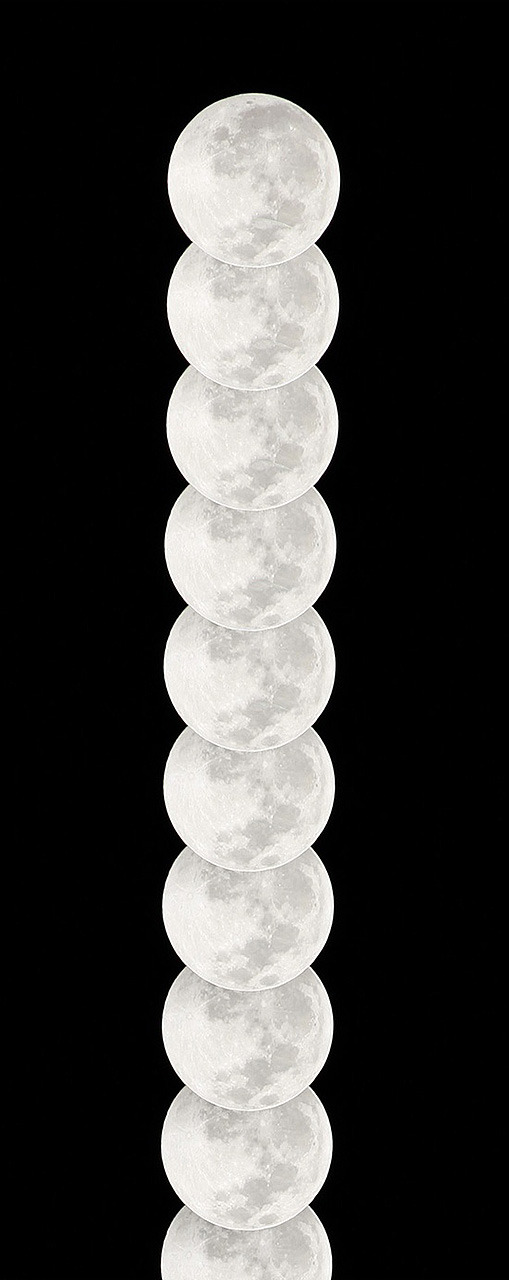

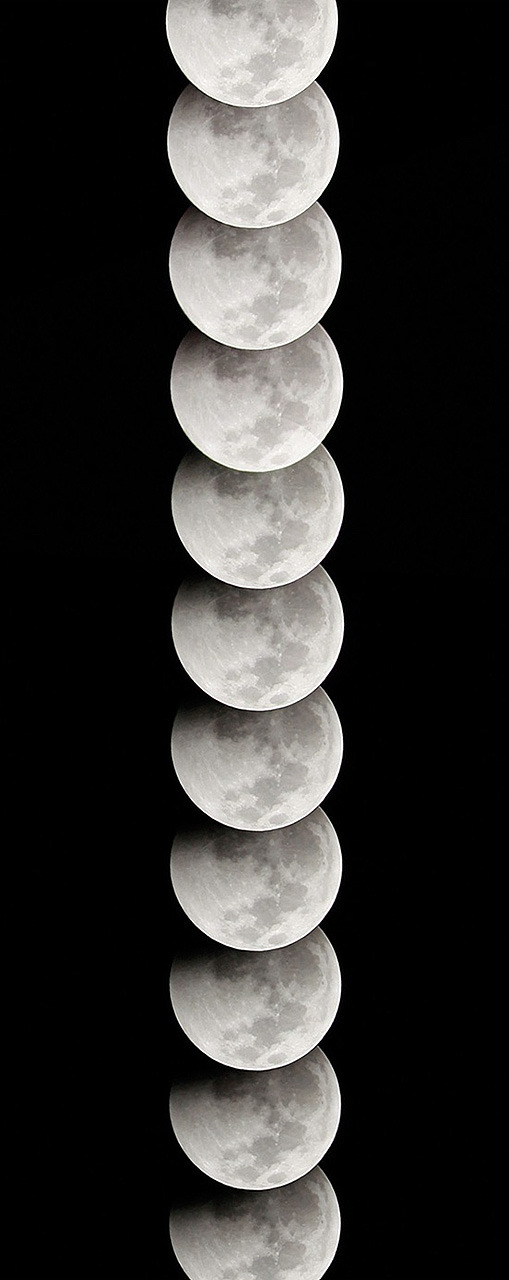
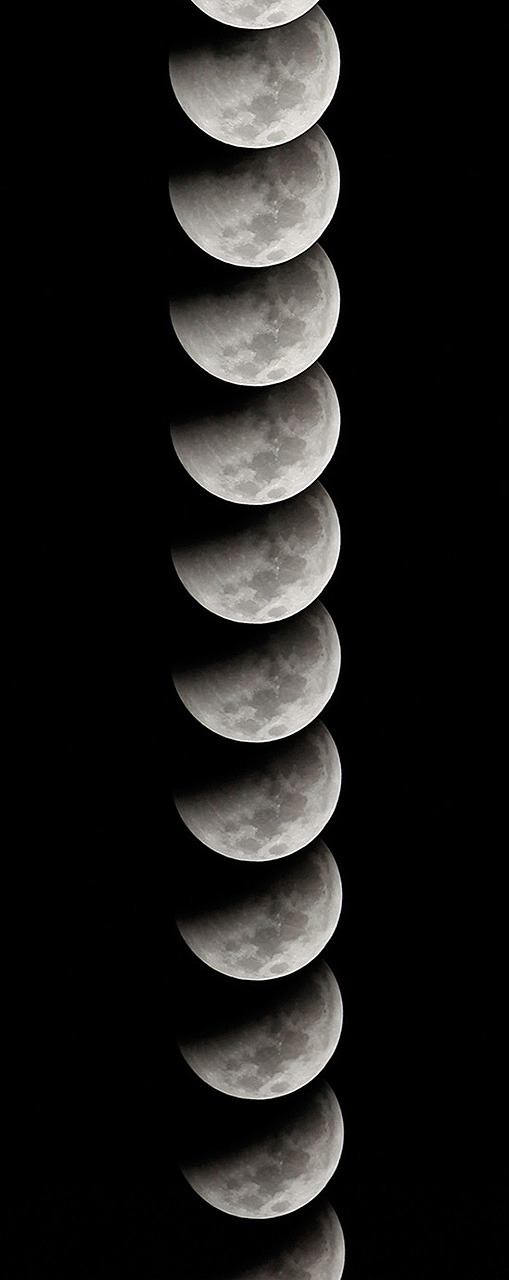

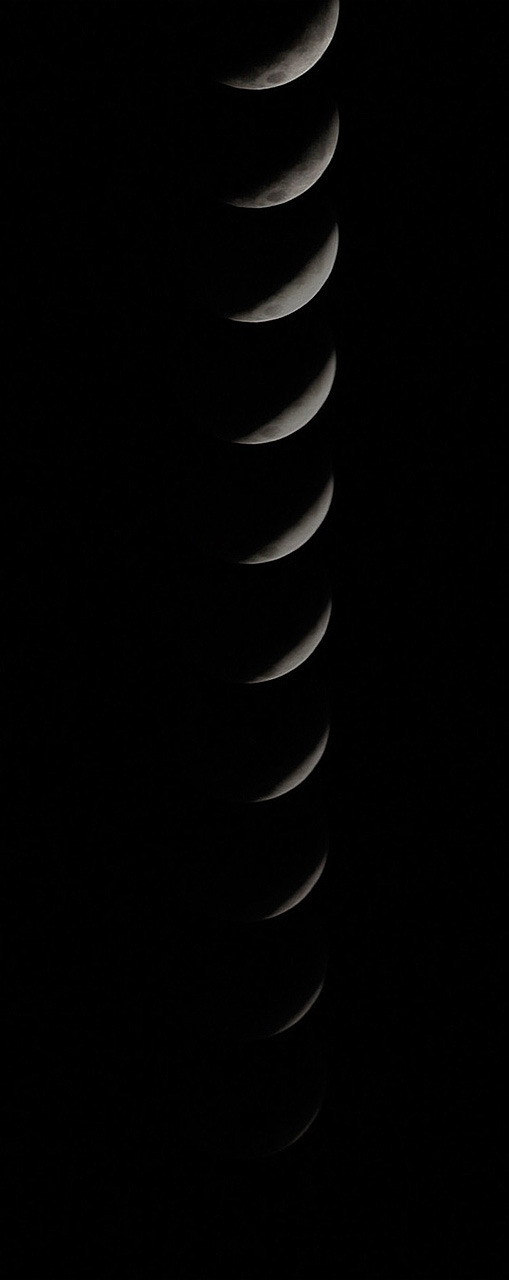

Lest we forget
funny tumblr [via imgur]


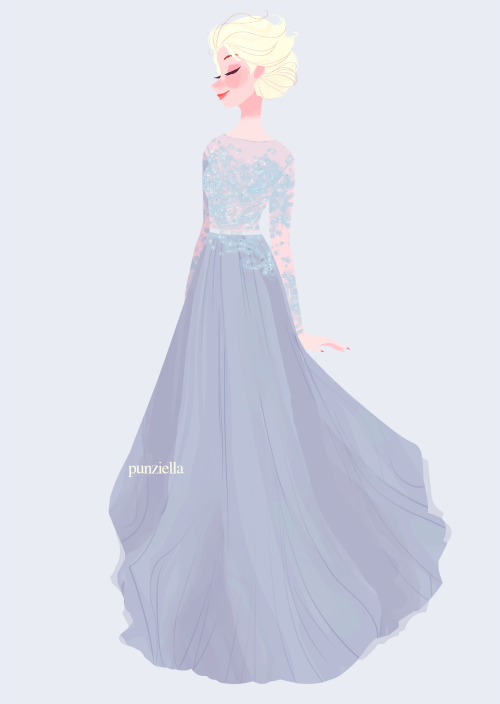

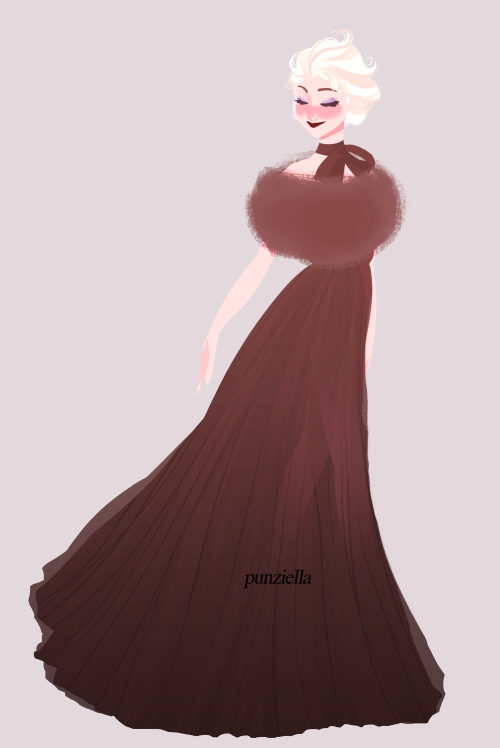
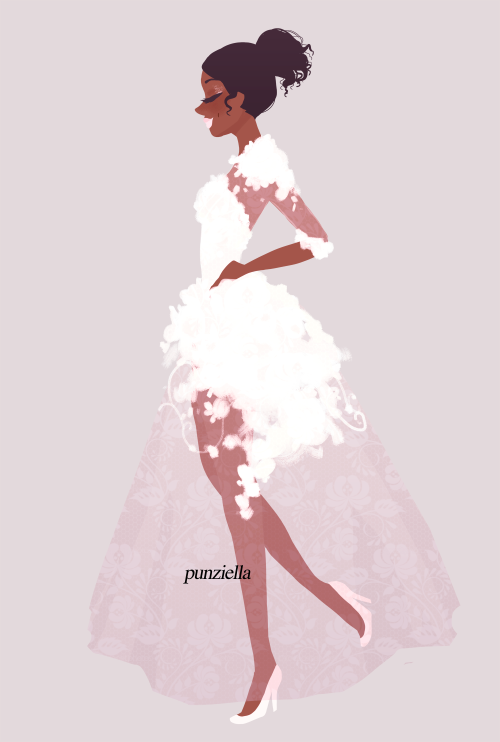
Taylor Swift “The Last Time” (Radio Edit – Premiere)
-
 andistolethekeys liked this · 4 years ago
andistolethekeys liked this · 4 years ago -
 jesus-swift reblogged this · 5 years ago
jesus-swift reblogged this · 5 years ago -
 lilac-daze liked this · 6 years ago
lilac-daze liked this · 6 years ago -
 taakemy-breath-away liked this · 6 years ago
taakemy-breath-away liked this · 6 years ago -
 taysouvenir liked this · 7 years ago
taysouvenir liked this · 7 years ago -
 staybeautitay liked this · 8 years ago
staybeautitay liked this · 8 years ago -
 teyanna-radau liked this · 8 years ago
teyanna-radau liked this · 8 years ago -
 actorinyourbaddreams liked this · 8 years ago
actorinyourbaddreams liked this · 8 years ago -
 iusedtoscreamferociously liked this · 8 years ago
iusedtoscreamferociously liked this · 8 years ago -
 tvylorswift-blog liked this · 8 years ago
tvylorswift-blog liked this · 8 years ago -
 quinnck163 liked this · 8 years ago
quinnck163 liked this · 8 years ago -
 thatswhatpeoplessay liked this · 8 years ago
thatswhatpeoplessay liked this · 8 years ago -
 and-that-was-the-moment-i-knew reblogged this · 8 years ago
and-that-was-the-moment-i-knew reblogged this · 8 years ago -
 and-that-was-the-moment-i-knew liked this · 8 years ago
and-that-was-the-moment-i-knew liked this · 8 years ago -
 wondrous-swift reblogged this · 8 years ago
wondrous-swift reblogged this · 8 years ago -
 evans13 reblogged this · 8 years ago
evans13 reblogged this · 8 years ago -
 starrywishes liked this · 8 years ago
starrywishes liked this · 8 years ago -
 darling-we-found-wonderlandd liked this · 8 years ago
darling-we-found-wonderlandd liked this · 8 years ago -
 youaremyblue reblogged this · 8 years ago
youaremyblue reblogged this · 8 years ago -
 rosegonzalez91 liked this · 8 years ago
rosegonzalez91 liked this · 8 years ago -
 4am-standinginthemirror liked this · 8 years ago
4am-standinginthemirror liked this · 8 years ago -
 seethatimtheone reblogged this · 8 years ago
seethatimtheone reblogged this · 8 years ago -
 seethatimtheone liked this · 8 years ago
seethatimtheone liked this · 8 years ago -
 wildestafterglow26 liked this · 8 years ago
wildestafterglow26 liked this · 8 years ago -
 audreyswift13 liked this · 8 years ago
audreyswift13 liked this · 8 years ago -
 bellamhj reblogged this · 9 years ago
bellamhj reblogged this · 9 years ago -
 thestars-shineout-foryou reblogged this · 9 years ago
thestars-shineout-foryou reblogged this · 9 years ago -
 darkroomdarkroom-deactivated reblogged this · 9 years ago
darkroomdarkroom-deactivated reblogged this · 9 years ago -
 sarastarlight13 reblogged this · 9 years ago
sarastarlight13 reblogged this · 9 years ago -
 sarastarlight13 liked this · 9 years ago
sarastarlight13 liked this · 9 years ago -
 myglenpowellera liked this · 9 years ago
myglenpowellera liked this · 9 years ago -
 lovewilltearusapart10 liked this · 9 years ago
lovewilltearusapart10 liked this · 9 years ago -
 bellamhj reblogged this · 9 years ago
bellamhj reblogged this · 9 years ago -
 wake-my-dreams liked this · 9 years ago
wake-my-dreams liked this · 9 years ago -
 stratspirit liked this · 9 years ago
stratspirit liked this · 9 years ago -
 afterglowdemo reblogged this · 9 years ago
afterglowdemo reblogged this · 9 years ago -
 istockolmsyndrome reblogged this · 9 years ago
istockolmsyndrome reblogged this · 9 years ago -
 jesus-swift liked this · 9 years ago
jesus-swift liked this · 9 years ago -
 swiftswizzle13 reblogged this · 9 years ago
swiftswizzle13 reblogged this · 9 years ago -
 inescapable-notevengonnatry reblogged this · 9 years ago
inescapable-notevengonnatry reblogged this · 9 years ago -
 inescapable-notevengonnatry liked this · 9 years ago
inescapable-notevengonnatry liked this · 9 years ago